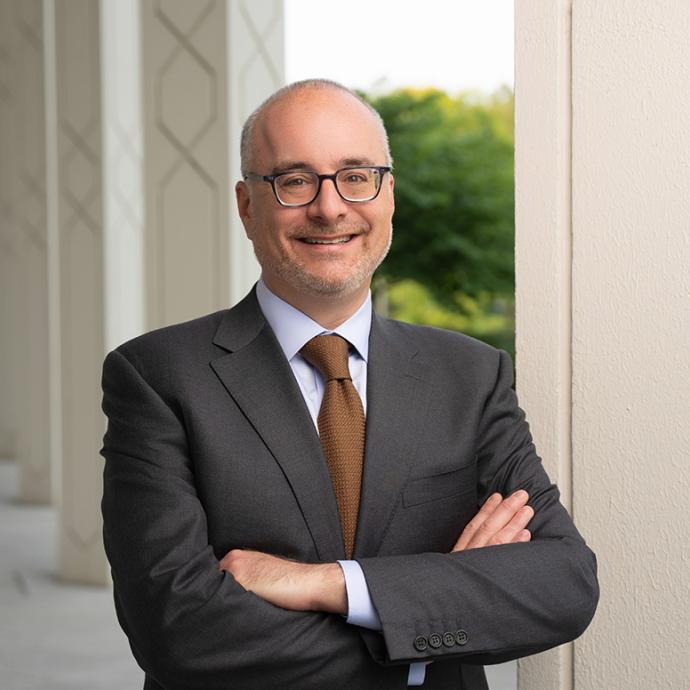Without policy votes or elected representatives, the Parliament of the World's Religions may sound like a misnomer. But participants in the unusual body, which traces its roots to the other end of the Midway in Chicago, say the simple act of convening the Parliament carries a power of its own, and promise.
"I don't think anybody doubts in today's world the importance of people of different religious traditions understanding and communicating with each other," said Elizabeth Davenport, Dean of Rockefeller Chapel. Davenport arrived in Melbourne, Australia, on Tuesday, Dec. 1, and then spent a week with about 5,000 representatives of 220 of the world's major religious traditions.
"It's a large gathering of people who understand that in coming together they can influence the ways their communities, traditions, and individuals within those traditions think and function," said Davenport, who headlined one of 700 programs at the Parliament.
Davenport presented "The New Archaic: A Neurophenomenological Approach to Religious Ways of Knowing," with University Visiting Scholar Anne Benvenuti and Australian independent scholar Glenys Livingstone.
"Neurophenomenology refers to the way in which neuroscientific discovery grounds religious knowing in an observable, shared reality, transcending particular traditions; and the paper asks questions both for future neuroscientific investigation and for the field of religious studies," Davenport said.
A standing-room-only crowd, flowing into hallways, greeted the trio at their presentation. "It was exciting, and we had a very good response," Davenport said. "It was very much an intellectual and spiritual back-and-forth with a large gathering of people from different traditions, who were interested in what we had to say. As representatives of the University of Chicago, we brought a paper that was intellectually rigorous and grounded and was entered into the discourse of the parliament as a whole."
The Council for a Parliament of the World's Religions, based in Chicago, cites the World's Congress of Religions at the World's Columbian Exposition in Chicago in 1893 as the first such parliament. "It was happening in accordance with the World's Fair, which, of course, created the Midway and laid down the pattern for the streets and architecture of this part of town and of the University itself," Davenport said.
One hundred years had passed before the council, which formed in 1988, convened a second such gathering, also in Chicago. But the parliament met again in Cape Town in 1999, and has assembled every five years since, including 2004 in Barcelona. "Over the past 40 or 50 years, massive patterns of migration, the emergence of technology, and the ability of the ordinary person to travel far and wide have reshaped our global understanding of what religion is about and how it manifests itself in different contexts," Davenport said.
Those advancements make it easy to understand why the parliament has become a regular event, she said. "In our era, not to encounter one another would be a huge mistake," Davenport said. "The boundaries and borders of religious traditions are more flexible and more fluid than ever in human history. Dogmas we once considered irrefutable are being challenged-and rightly so. We no longer hold unquestioningly to religious truth as it's passed down from generation to generation. We are facing new choices as human beings with regard to religion, and those choices are more consequential than ever."
By Phil Rockrohr










 —Prof. Kunle Odunsi
—Prof. Kunle Odunsi
